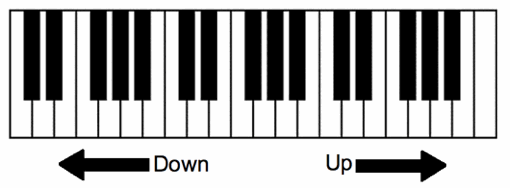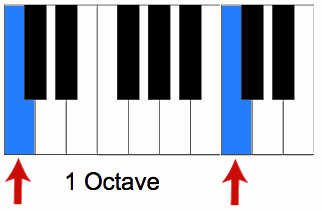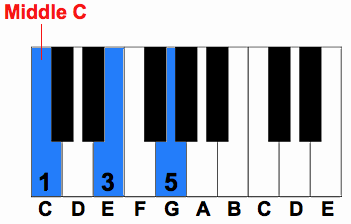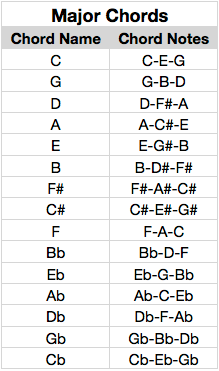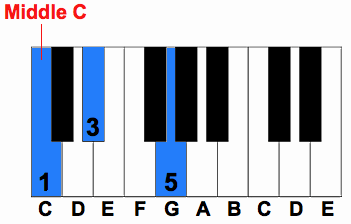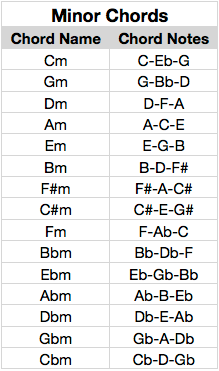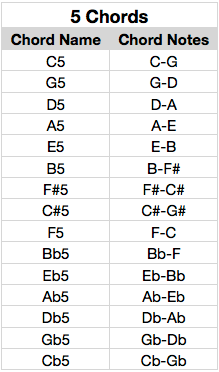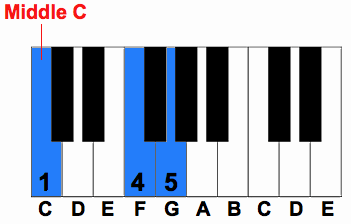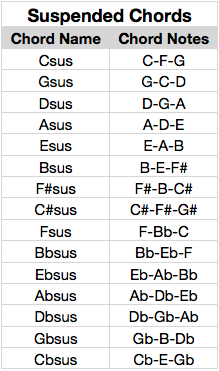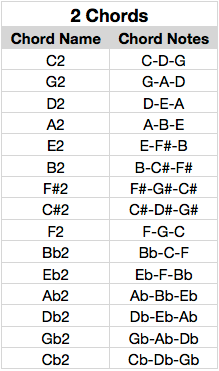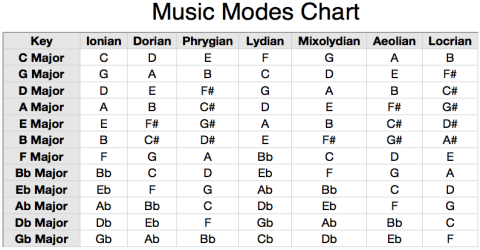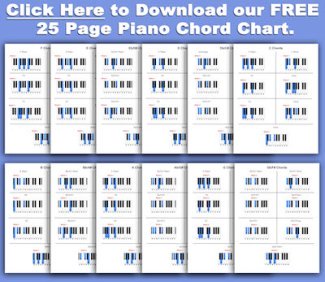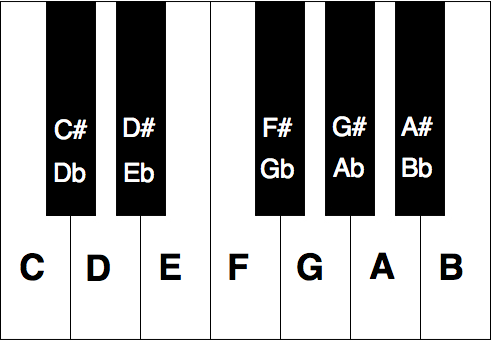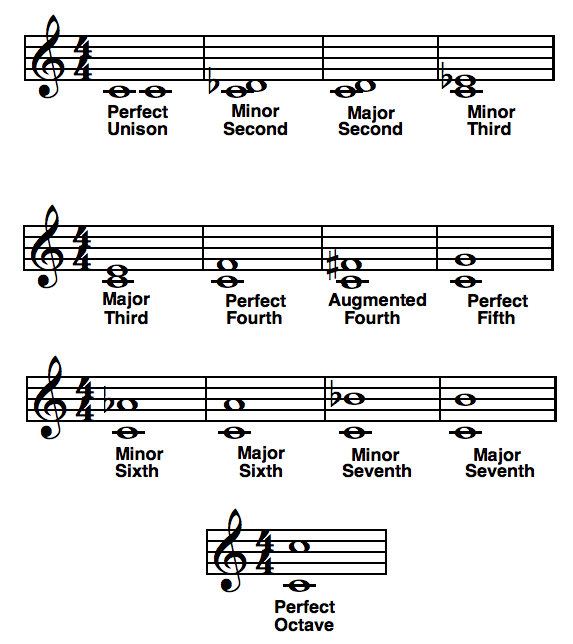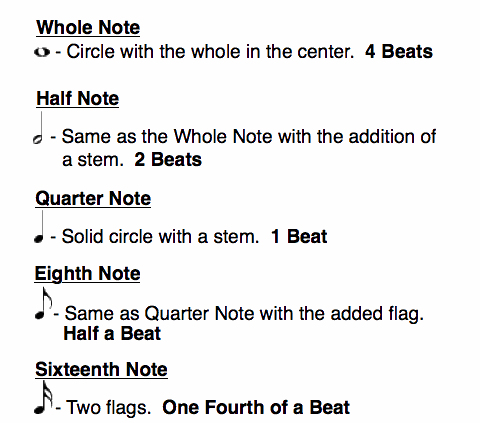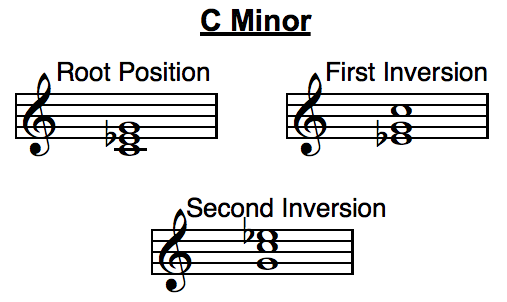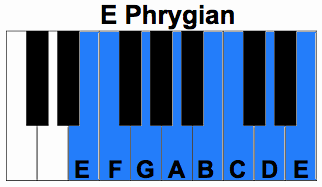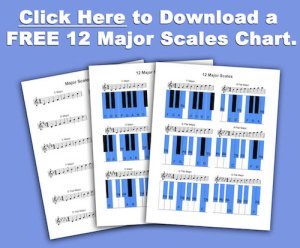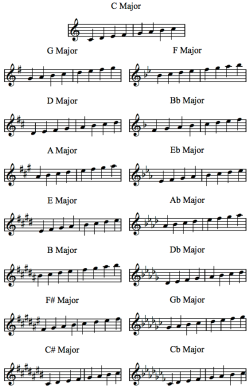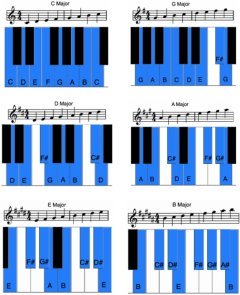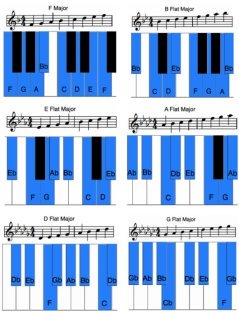There are two ways to teach yourself musical intervals. First is making song list and second is using scale degrees.
Each of these has positives and negatives.
The song list is great for a quick and easy way to recognize intervals. However, this way will not make you great at intervals. You will only be able to tell the interval once you go through each of the songs in your list which is time consuming and hard.
Using scale degrees is harder but in the long run is better. You might not be able to recognize the interval right away but with time and practice this method will ingrain the intervals into your brain so that you can easily name a certain interval.
Song List
First is making a song list. This song list is made up of different familiar songs that the first few notes in the song has a certain interval. For example the first interval in Amazing Grace is a Perfect Fourth.
When making a song list you should use songs that you are very familiar with. Using songs you know well will make it easier to recognize the interval quickly.
Also make sure you make an ascending list and a descending list. Because intervals go up and down you need to have a song for both of these.
Here is my song list that helps me with my intervals
| Interval | Ascending | Descending |
| Minor 2nd | Jaws Theme Song | Oh Little Town of Bethlehem |
| Major 2nd | Silent Night | Mary Had A Little Lamb |
| Major 2nd | Silent Night | Mary Had A Little Lamb |
| Minor 3rd | Greensleves | This Old Man |
| Major 3rd | O When The Saints | Swing Low Sweet Chariot |
| Perfect 4th | Amazing Grace | I’ve Been Working On the Railroad |
| Tritone Augmented 4th Diminished 5th | Simpsons Theme Song | Blue Seven (Sonny Rollins) |
| Perfect 5th | Twinkle Twinkle Little Star | The Way You Look Tonight |
| Minor 6th | The Entertainer | Please Don’t Talk About Me When I’m Gone |
| Major 6th | Hush Little Baby | Nobody Knows The Trouble I’ve Seen |
| Minor 7th | Star Trek Theme | Watermelon Man |
| Major 7th | Superman Theme | I Love You (Cole Porter) |
| Octave | Somewhere Over The Rainbow | There’s No Business Like Show Business (Notes 2 and 3) |
Now that you have your song list practice each of the intervals and how it sounds in the song. Practice these everyday so you can quickly recognize them.
Scale Degrees for Musical Intervals
Musical Intervals trough scale degrees is the better of the two ways yo learn intervals. Making a song list is helpful because it is a quick way to remember intervals. It can e harder though when you are trying to figure out an interval quickly.
If you use the song method then you have to go through each of the songs and find the one that matches the interval. If you use the scale degree method then you can easily remember what the interval is in a shorter amount of time.
In this method you need to sit down at the piano or your preferred instrument and find the root or tonic note. This note is the first note in the scale.
Once you’ve found the root play a major second. Listen to what it sounds like. Play it a few times.
Now hum along while you play the interval. Do this a few times.
Then hum the interval without playing it. Do this a few times. Then check your accuracy by playing the interval.
Once you feel confident with a major second play a major third and do the same process.
When using this method listen closely to each interval. try and tell the difference between each interval. Try and notice the difference between a major third and a perfect fourth. Listen for what each interval sounds like and put that into your memory.
Using the scale degree method you are programming your brain to recognize an interval based on the starting note. Once your brain learns theses intervals you will be able to tell quickly what interval is being played.
Conclusion
Both the song list method and the scale degree method are useful in learning musical intervals. My personal opinion would be to make a song list first so that you can hear the differences in the intervals.
Once you are comfortable with this then move on to the other method of playing and humming the intervals. Learning your intervals this way will help you to quickly find the intervals without having to replay the song in your head. You will automatically know what the interval is because your brain has been programmed to recognize it.
Go From Musical Intervals Back to Ear Training
Back to Home Page

